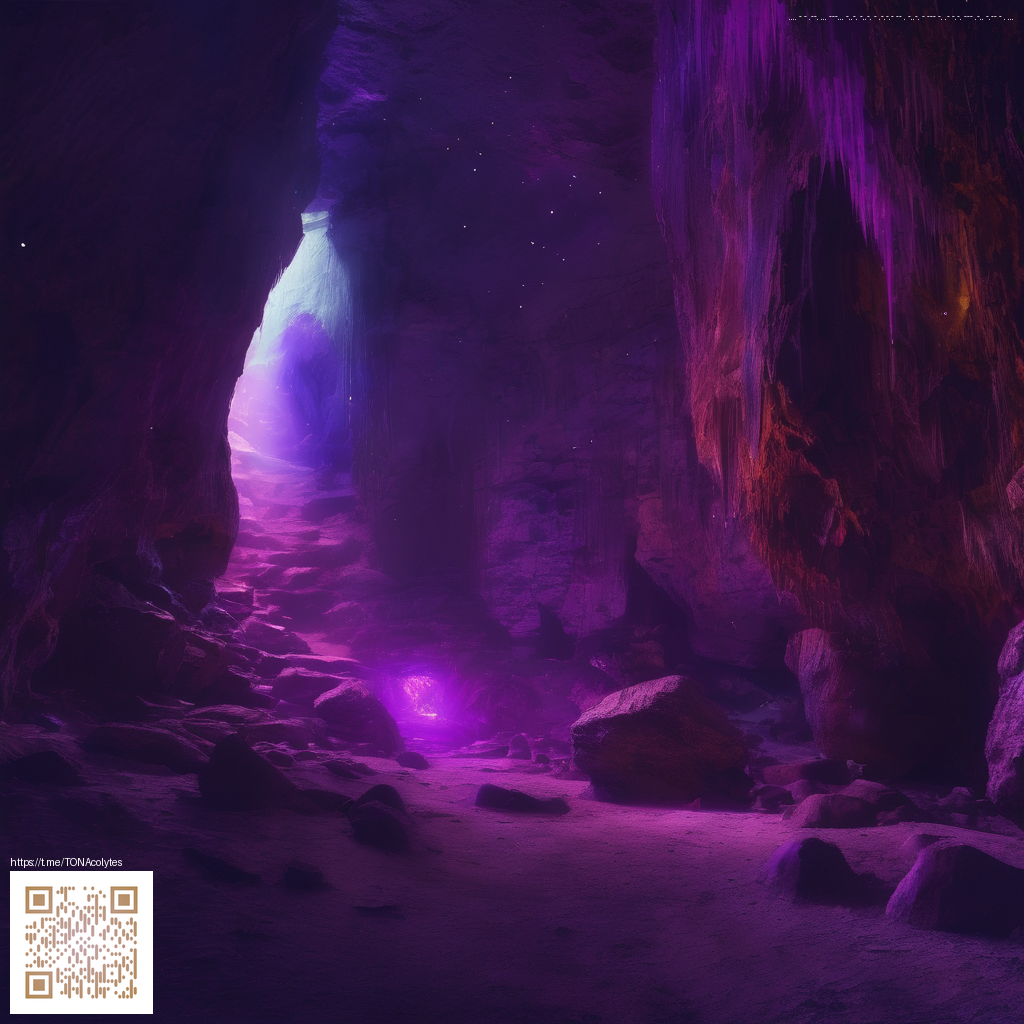
Understanding Texture Maps for 3D Designers
Texture maps are the unsung heroes of believable 3D visuals. They aren’t just pretty images slapped onto a model; they encode how light interacts with a surface, adding depth, color variation, and realism without increasing geometry. When you map a 3D object with well-crafted textures, you can achieve complex effects—like weathering, surface roughness, and subtle color shifts—that elevate your work from flat to photorealistic.
To get started, it helps to think in terms of texture channels that carry different kinds of information. The most common ones are base color (albedo), normals or height data for surface detail, roughness for how shiny a surface appears, metallic for metal vs. non-metal behavior, ambient occlusion for shading depth in crevices, and sometimes emissive for light-emitting areas. Each channel tells the renderer how to respond to light in a scene, which is why a cohesive set of maps produces a convincing result.
Common texture map types and what they do
- Albedo/Base Color — the visible color of the surface, without shadows or highlights.
- Normal/Height — adds micro-surface detail to simulate bumps and grooves.
- Roughness/Glossiness — controls how rough or smooth the surface is, affecting reflections.
- Metallic — distinguishes metal from non-metal materials.
- Ambient Occlusion — enhances depth by darkening areas that light has a harder time reaching.
- Emissive — makes parts of the surface appear self-illuminated.
“Texture maps are the bridge between artistic intention and physical plausibility in 3D rendering.”
When you’re exploring texture maps, a practical approach is to start with a real-world reference. A tangible example can be found in consumer design patterns, such as the Lime Green Abstract Pattern Tough Phone Case (Case Mate). While the product page itself focuses on behavior and aesthetics of a case, analyzing its surface decisions—bold color, clean edges, and wear patterns—can spark ideas for how you structure albedo and roughness maps to achieve a similar impact on your models. You can explore the product here: Lime Green Abstract Pattern Tough Phone Case (Case Mate).
In a studio workflow, texture maps often originate from different sources and then converge in your chosen software. You might paint base colors in a program like Substance Painter, then bake normals and ambient occlusion from a high-poly model. Alternatively, you can generate maps procedurally or bake them from photographic textures. The key is consistency: ensure that color, roughness, and metalness read correctly under your lighting setup, and that the maps align with the UV layout to avoid seams and distortions.
Two practical workflows for texture map creation
- Paint and bake — Create a high-detail model, paint your texture layers directly in a texturing tool, and bake low-poly maps (normal, ambient occlusion, etc.) onto the UVs. This workflow is great for characters and organic forms where detail matters at every angle.
- Photogrammetry and projection — Start with real-world textures captured via photos, then project them onto a model and refine with adjustment layers. Use this for hard-surface assets with authentic wear, such as patterned cases, tiles, or mechanical components.
Blender users can leverage the built-in texture painting tools and Cycles or Eevee renderers to preview maps in real time, while Substance Painter offers a robust ecosystem for layering, masking, and baking. If you’re collaborating with a team, maintain a shared texture set—consistent channel naming and a defined roughness/metallic workflow help everyone stay aligned across projects. For inspiration and additional examples, you might explore resources connected to the page above: a gallery of related texture references.